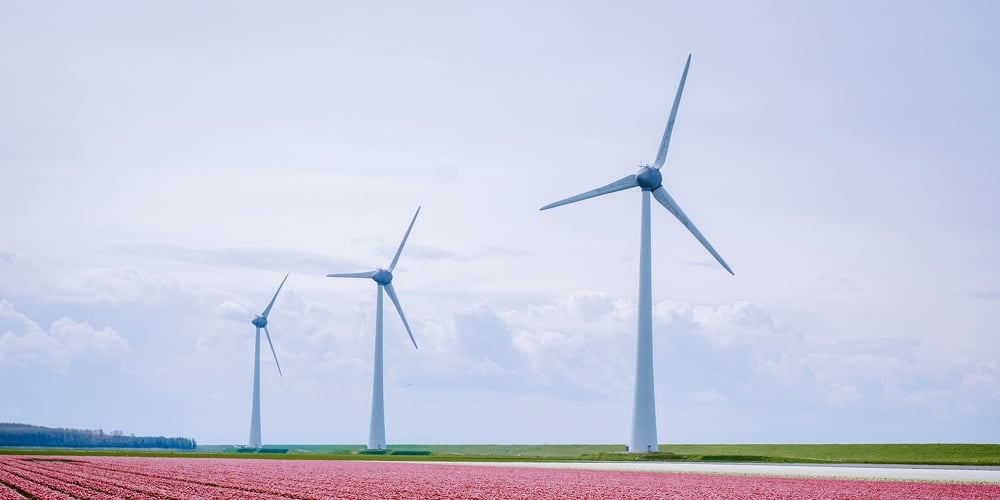Canadian credit unions join the battle against climate change
How CUs can be a driver for positive action

In April, Earth Day turned 51—a bleak and sombre milestone, more than a celebratory one. The decade 2011-2020 was the warmest on record. Global temperatures have risen 1.2 C, due to carbon dioxide emissions largely from coal, which has generated electricity for homes and factories since the late 19th century.
India and Pakistan have experienced heat waves above 50 C, while temperatures have risen to 48 C in parts of Australia. Dystopian scenes abound: massive fires with billions of dead animals in Australia, thousands of people in India and Pakistan perishing in the extreme heat, the North Pole ice cap melting into a lake, coral reefs bleaching due to thermal stress, extreme weather events and mass population displacement from flooding, drought, water insecurity and crop failure.
In late 2015, 196 nations came together to confront the crisis, hammering out the Paris Agreement, which called for holding global temperature increases to less than 2 C above pre-industrial levels, with a temperature increase limit of 1.5 C. To achieve this, anthropogenic carbon emissions must be cut to about 45% of 2010 output by 2030, according to the United Nation’s Intergovernmental Panel on Climate Change. As quixotic as this goal seems, it nonetheless brings hope. Climate models show that if the globe achieves net-zero emissions by 2050, warming could stabilize within a few decades. (Net-zero means creating a balance between the greenhouse gases put into the atmosphere and those taken out. It is similar to carbon neutral, however, that can be achieved with offsets in other jurisdictions.)
continue reading »
